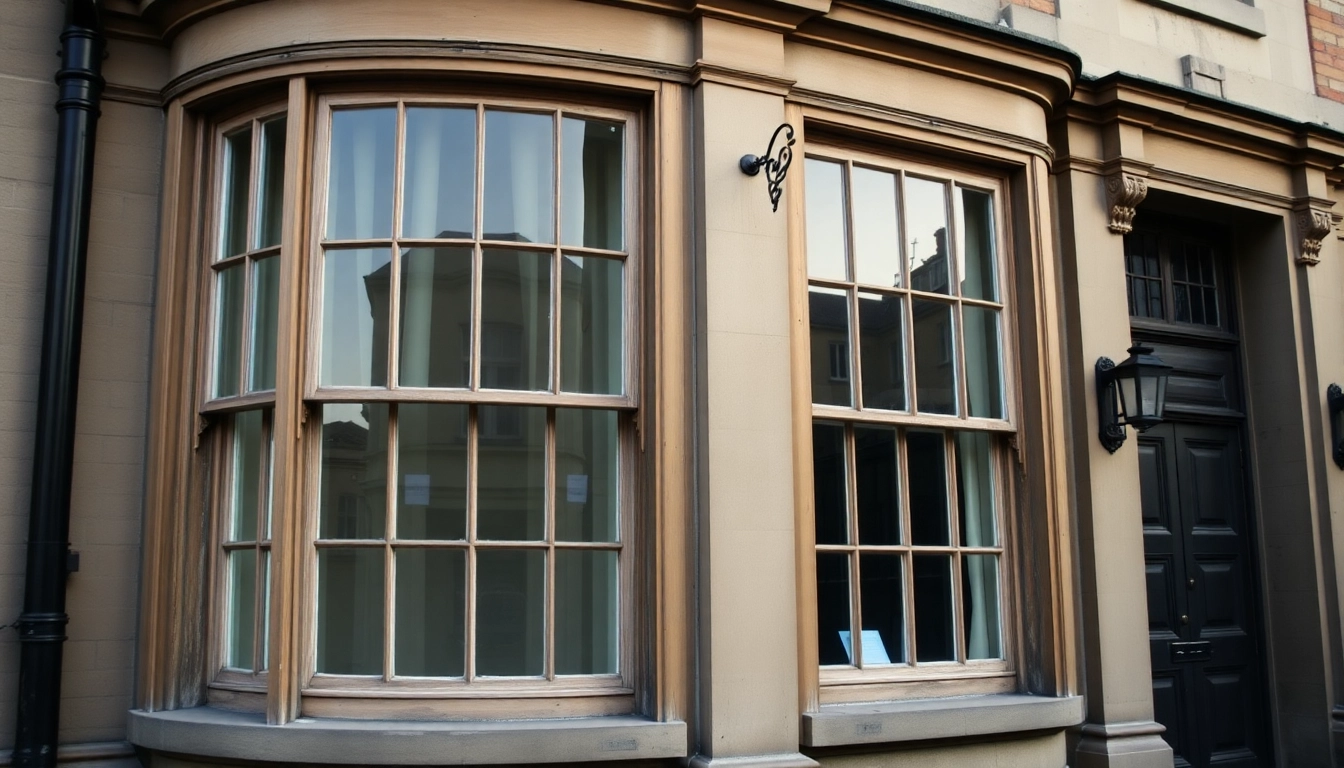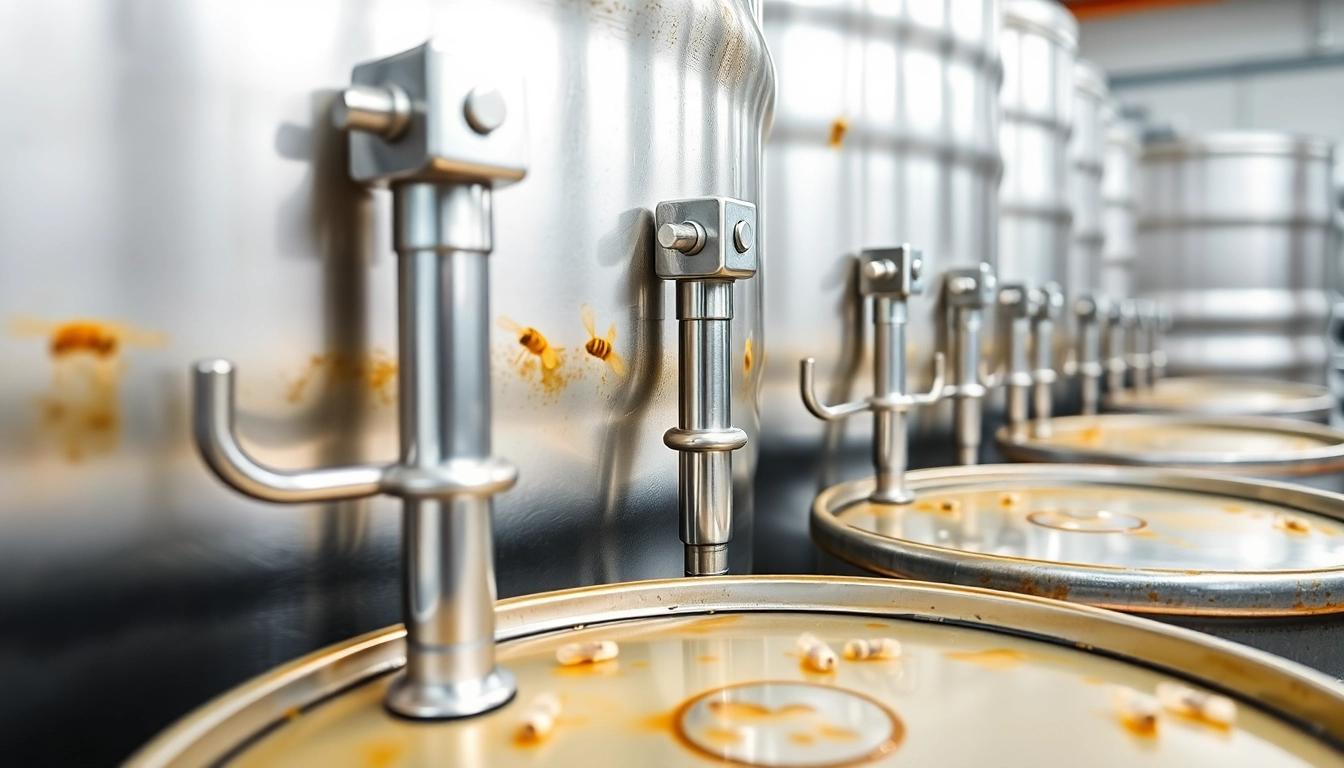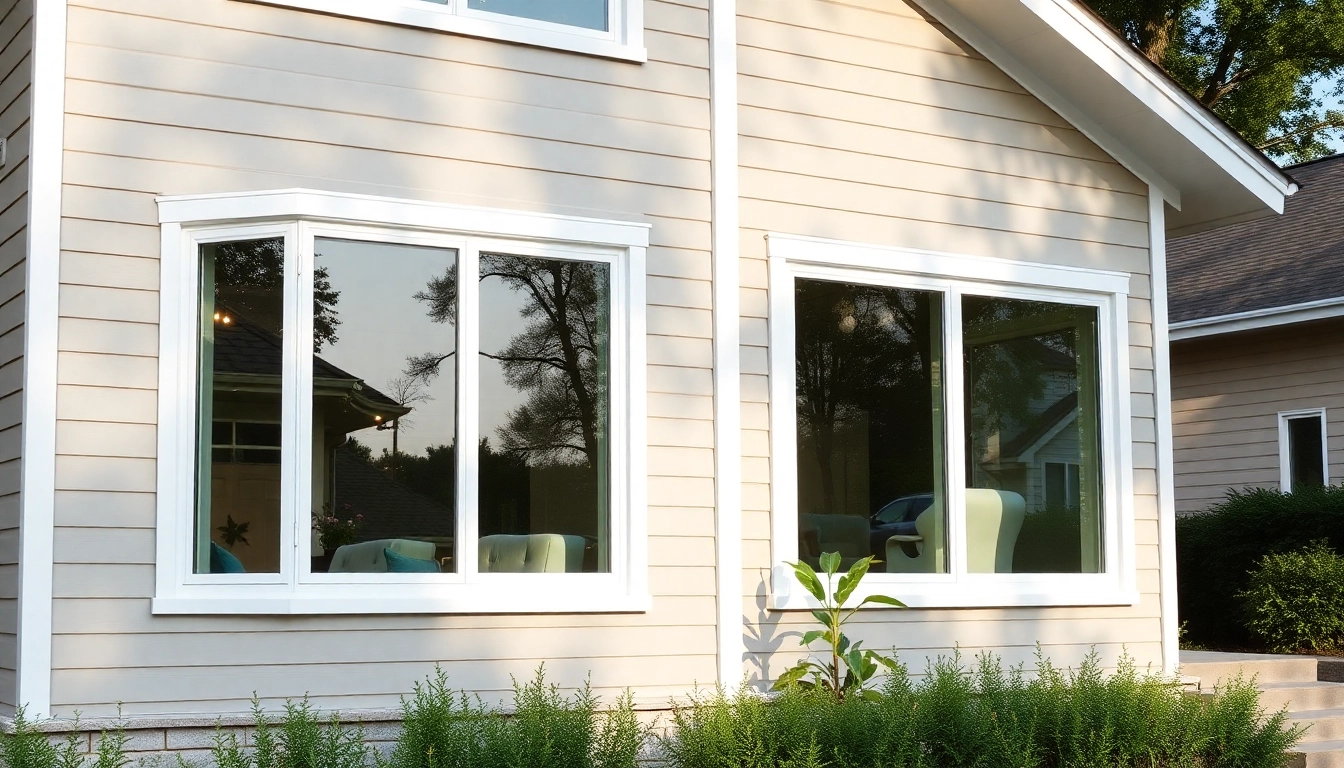Understanding the Regulations and Permissions for Listed Building Sash Windows
For homeowners, conservationists, and architects working with historic properties, respecting the legal frameworks governing listed buildings is paramount. In the UK, listed buildings are protected due to their architectural and historic significance, and any alterations—especially to features as prominent as windows—are strictly regulated. When considering listed building sash windows, understanding the legal requirements and permissions required for their repair, replacement, or modification is crucial to ensure compliance and preserve heritage value.
Legal requirements for replacing sash windows in listed buildings
The legal framework for replacing sash windows in listed properties is primarily governed by the Planning (Listed Buildings and Conservation Areas) Act 1990 and associated planning policies. Any work that affects the character of a listed building requires listed building consent, which is different from standard planning permission. This includes replacing windows with modern equivalents or altering their appearance, opening or enlarging existing openings, or changing materials. The key principle is that the historical fabric must be preserved or sympathetically restored, and any modifications should not detract from the building’s integrity.
Specifically, regulations stipulate that replacement sash windows should match the original in terms of materials, design, and proportions unless there is overriding justification for change. The aim is to maintain architectural authenticity and prevent unsympathetic alterations that could compromise the building’s heritage value.
How planning permission influences sash window restoration
Planning permission, particularly listed building consent, plays a pivotal role in any renovation or replacement project involving sash windows in a listed property. Securing this approval involves submitting detailed proposals, including drawings and material samples, that clearly demonstrate how the work respects the property’s historic character. The local conservation officer or planning authority assesses whether the proposed work is appropriate and whether it aligns with heritage preservation guidelines.
Failure to obtain necessary consents can lead to enforcement actions, including orders to reverse unauthorized work or legal penalties. Therefore, engaging with conservation specialists early in the planning process can facilitate smoother approvals and help maintain compliance.
Common restrictions on modern replacements and conservation standards
While modern materials like uPVC or aluminum may offer advantages, their use is heavily restricted in conservation areas and on listed buildings. Authorities generally favor traditional timber sash windows with authentic detailing, including putty lines, horns, and sash cords. Modified designs—such as double-glazed units—are permissible if they are discreetly fitted and meet strict conservation standards.
Additional restrictions often include limitations on the size and color of the windows, the scope of modifications permissible, and requirements for reversible work. These restrictions aim to ensure that restoration and upgrades do not permanently alter the building’s character or diminish its historical authenticity.
Choosing the Right Materials and Design for Listed Building Sash Windows
Traditional timber sash window options compliant with heritage guidelines
The gold standard for listed properties is authentic timber sash windows crafted from durable, sustainable woods such as mahogany, oak, or Accoya. These materials not only emulate the original craftsmanship but also offer longevity and aesthetic compatibility. Manufacturers often adhere to strict conservation guidelines, producing windows with features like multiple sashes, period-appropriate glazing bars, and heritage-style hardware.
Furthermore, timber windows should be finished with historic finishes—such as traditional paints or stains—that are compatible with the environment and allow the wood to breathe, reducing the risk of decay.
Balancing period accuracy with modern energy efficiency
One of the most common dilemmas in conservation projects is achieving energy efficiency without compromising historic appearance. Double-glazing has historically been seen as incompatible with listed building sash windows; however, advancements have provided solutions that preserve aesthetics while improving thermal performance.
For example, slim profile double-glazed units can be installed within the original sash frames, maintaining the visual integrity of the windows. Additionally, options like vacuum glazing or internal secondary glazing provide discreet insulation improvements. Ensuring the use of glazed units that match the original appearance helps maintain the architectural harmony and meets conservation standards.
Tailoring sash window designs to suit historical architecture
Designing sash windows that complement the specific architectural style of a heritage property involves meticulous attention to proportions, details, and materials. Georgian, Victorian, and Edwardian buildings, for instance, each exhibit distinctive sash window styles. A Georgian sash window, for example, often features six-over-six panes, finely proportioned sashes, and minimal glazing bars, whereas Victorian styles might have more ornate detailing and larger sashes.
Working with specialists who understand the nuances of these styles ensures that replacement or restoration projects enhance the authenticity and aesthetic appeal of the building. Custom solutions can include period-appropriate hardware, decorative horns, and molding details that reflect the original craftsmanship.
Best Practices for Restoring and Maintaining Sash Windows in Historic Properties
Effective reglazing, draught-proofing, and minor repairs
Maintaining sash windows involves a sequence of carefully executed procedures aimed at prolonging their lifespan while preserving their original features. Reglazing with traditionally milled putty and glass restores transparency and appearance. Draught-proofing, using brushes or seals that mimic original details, reduces heat loss and noise without altering the window’s appearance.
Minor repairs—such as fixing rotten muntins, replacing broken cords, or restoring historical hardware—should be undertaken using authentic or sympathetic materials. This approach retains the window’s integrity and avoids unnecessary replacement.
Using authentic methods to preserve original craftsmanship
Authentic restoration employs traditional craftsmanship techniques, including hand-turned sash weights, period hardware, and craftsmanship-specific glazing. Contractors trained in heritage restoration can expertly repair or replicate lost detailing, ensuring the window not only looks historic but remains functional and durable.
For instance, period-accurate decorative horns or sash lifts can be replicated to match original specifications, enhancing a sense of authenticity and historical fidelity.
When and how to undertake professional restoration projects
Restoration projects should ideally be overseen by specialists with experience in heritage windows. Professional assessment can identify underlying issues such as wood rot, decay, or failed glazing, allowing targeted repairs that preserve maximum original material.
Initial surveys often include detailed photographs, material sampling, and structural assessments. Following best practices—including adhering to conservation principles and using specialist repairs—ensures long-term preservation while complying with regulatory requirements. Incorporating preservation planning early helps secure necessary permissions and avoids costly rework.
Installing Double Glazing and Modern Features in Listed Building Sash Windows
Planning permission considerations for double-glazed sash units
Installing double glazing in a listed building invariably requires listed building consent. Authorities evaluate proposals based on how discreetly the new units are fitted, ensuring they do not detract from the building’s character. Typically, consent is granted if the double glazing is reversible, uses slim profiles, and matches the original sash window’s appearance.
Proper planning involves providing detailed drawings, sample units, and visual impact assessments. Engaging conservation experts early in the process increases the likelihood of approval and minimizes delays.
Selecting discreet double glazing options that respect building aesthetics
Modern double-glazed units designed for heritage properties often feature slimline frames, internal glazing, or specialized glass that appears visually identical to single-glazed units. These options preserve the historic facade while providing thermal and acoustic benefits.
Secondary glazing—installed internally—offers another discreet solution that maintains the original sash and external appearance, with minimal intervention on the historic fabric.
Minimizing impacts on the building’s historic value during upgrades
Upgrades should be reversible, minimally invasive, and sympathetic to the original structure. Techniques include custom fabrication of sashes that accommodate double-glazed units, using reversible fixings, and ensuring that any necessary alterations do not cause irreversible damage.
Coupled with detailed planning and consultation with heritage authorities, these measures help upgrade windows without compromising their historic value.
Cost, Funding, and Long-term Investment in Listed Building Sash Windows
Typical costs of restoration versus replacement for listed properties
Restoring historic sash windows is often more cost-effective than full replacement, though initial expenses may be higher due to bespoke craftsmanship and specialist labor. Restorations typically range from £300 to £800 per window, depending on condition and complexity.
Replacement with modern uPVC or aluminum can be cheaper upfront, approximately £200 to £500 per window, but may diminish heritage value and affect property grading. Comparative analyses reveal that well-maintained period sash windows can significantly enhance property appeal and preserve historical integrity.
Available grants or incentives for conservation projects
Various grants, incentives, and tax relief schemes are available for the restoration of listed buildings, including the UK’s Heritage Lottery Fund and local authority grants. These programs aim to encourage preservation and offset costs associated with traditional craftsmanship and approved materials.
Researching and applying for such funding early in the project can make conservation more financially feasible and ensure compliance with funding requirements.
Measuring the value of preserved sash windows on property appeal and heritage status
Preserved and restored sash windows can substantially increase a property’s value, especially in conservation areas, where heritage listing adds appeal to prospective buyers. Aesthetic authenticity and historical integrity often translate into higher market valuations and rental incomes.
Moreover, maintaining original features contributes to a sustainable approach, reducing waste and supporting cultural heritage preservation efforts.



